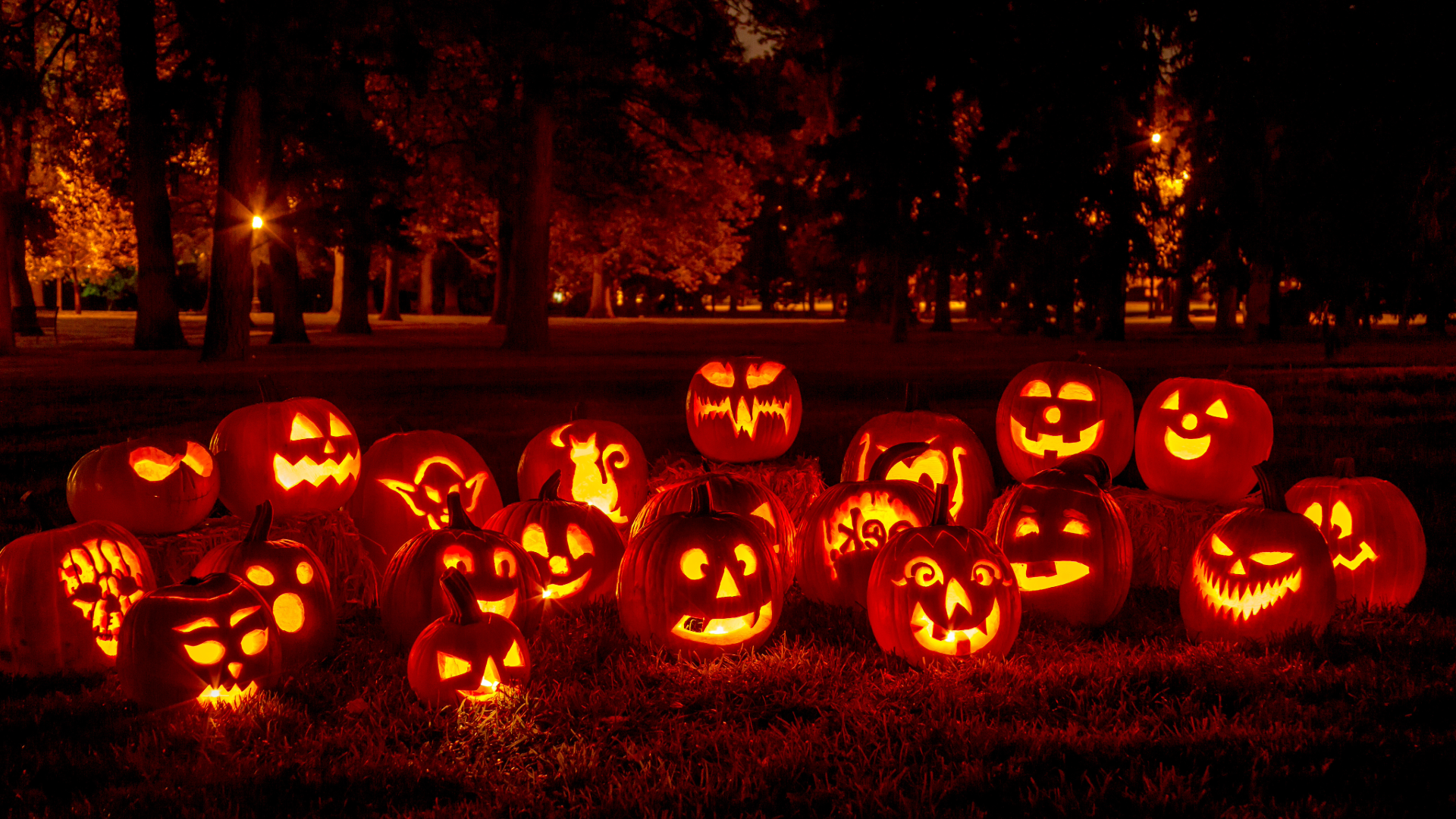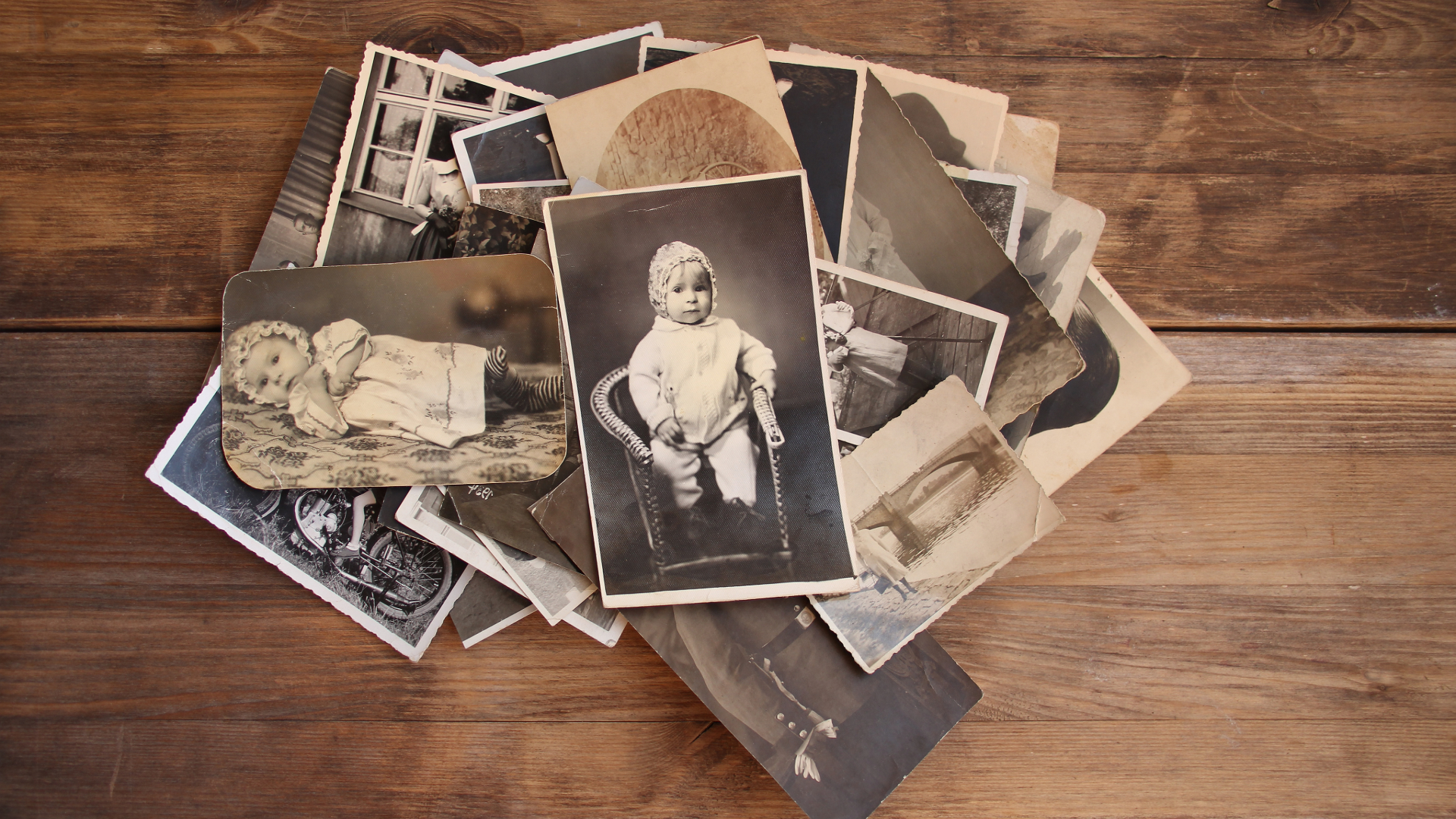Samhain: Celtic Roots, Spirits of the Dead, and Witchcraft Traditions
Samhain is an ancient holiday in the Gaelic and Brittonic countries. In Celtic culture, Samhain marked the beginning of the winter season. It separated the dark half of the year from the bright half, which began at Beltane on May 1. It was also one of the four fire holidays or cross-quarter days that marked the year: Samhain in October, Imbolc in February, Beltane in May, and Lughnasadh in August.
Fire Festivals and the End of Harvest
In some areas of Europe, there were very large bonfires and festivals to celebrate the end of the harvest and to eat or preserve any livestock that could not be nurtured through the winter. In some places, any crops that were not yet harvested from the field by Samhain were left for the spirits and were seen as belonging to them.
The Veil Between Worlds
It’s a time when the veils or borders between the spirit world and the human world were permeable or “thin,” and a time when our beloved dead, as well as many other types of spirits, can walk among us and visit or cause trouble.
Many of the practices that have been handed down to us are protective—carrying rowan crosses bound with red thread, or carving large root vegetables like turnips and marrows with faces and lighting them with candles to frighten wandering spirits away. These were the European precursors to modern jack-o’-lanterns.
Samhain also marked a shift from the outward expansion of the upper half of the year, when people would go to markets and fairs and meet with friends and celebrate, to a more inward time spent storytelling around the fire with close family and community, and hunkering down for the winter.
Witches and the Modern Celebration of Samhain
For the last few hundred years, witches have celebrated Samhain as our holiday. It is a time when we gather together at sacred places or in our homes to honor and remember our beloved dead and to do divination. There are many traditions recorded by clergy of witches gathering on hilltops or under sacred trees.
It’s a time when we work more often with the deities associated with the dead and the underworld, do inner work, and reflect in the darkness to integrate what we have learned in the past cycle of the earth around the sun.
How Ancient is Samhain?
Samhain was first mentioned in the early ninth century by Christian monks in books such as Lebor Gabála Érenn (The Book of Invasions) and Cath Maige Tuired (The Second Battle of Mag Tuired).
Of course, it was probably celebrated for hundreds of years before that, and maybe even in pre-Celtic times. There is some archaeological evidence that many Neolithic stone monuments and passage tombs were aligned with Samhain. The Mound of the Hostages (Dumha na nGiall) on the Hill of Tara in County Meath, Ireland, is a communal burial tomb more than 5,000 years old. It is aligned with the sunrise on Samhain. So is Cairn L at Loughcrew, County Meath, Ireland—also known as the Hills of the Witches. This site is aligned with the rising sun on Samhain and is also about 5,000 years old.
There are many other suggested sites that might have alignments with the sun on the traditional fire holidays, but very few are well documented.
Samhain and the Day of the Dead
People often assume that Samhain is connected to the Mexican Day of the Dead, but that isn’t true. In the Americas, European colonizers forcibly converted local Indigenous people to Christianity. In Mexico in particular, they fused the Aztec holiday honoring the Lady of the Dead and turned it into All Souls’ Day.
Historically, as far as I know, it was a much more celebrative festival and occurred around late July and early August. It was much, much more than just the Mexican version of Halloween. It has its own strong background and rituals.
The Thinning Veil and the Presence of Spirits
As the days grow cooler, the nights grow long, and the veil thins, those who are skilled or more sensitive might sense the presence of spirits or find our thoughts wandering to those who have crossed the bridge to the other side.
So who are these beings we can sense? Although all types of spirits are more likely to wander among us, mostly at this time of year, we think about the ancestors and the dead. So I wanted to share some of the types of ancestral spirits I have encountered over the years.
Ghosts or the Unquiet Dead
Let’s start with ghosts, also known as the unquiet dead or the restless dead. These are spirits who, for whatever reason, didn’t fully cross. They may have unfinished business or may be seeking justice for their death. These spirits may require an experienced witch and some banishing to get them unstuck and crossed over.
Not everyone needs or wants these skills. Someone who is good at talking with the dead or is very intuitive might be able to help by sharing messages with the living and helping the spirits feel complete so they are able to cross.
Occasionally, they are just confused and can’t entirely accept that they have passed. These can sometimes be helped by casting a circle, letting them know that they have passed, and reassuring them that their loved ones are waiting for them on the other side. Repeat that until they go. You need to have the skills to cast a clear circle around yourself, know how to make protective charms, and have the ability to sense them or be skilled in a divination practice like cards or pendulum use that can let you know if they’re gone, as well as the ability to clear yourself afterward.
I would also burn an incense of blue vervain for clearing and protection and myrrh to honor them. Then, follow up by clearing your house thoroughly and putting up some protective charms. If at any point you feel threatened, seek the advice of an experienced witch. If you know who the spirit is and they have been buried, you can try planting or putting marjoram on their grave.
Emotional Echoes
There are also emotional echoes. These are the emotional resonances of a person that can attach themselves to the place where they died, usually traumatically. Sometimes the whole spirit of the person will linger as well, but it can also just be an echo of the event that occurred.
Sometimes these spots attract other types of spirits, and the area becomes haunted. Usually, the space just needs to be cleared very deeply unless some bigger entity has been attracted to the site.
Guardian Ghosts
Then there are the guardian ghosts. These are sometimes found at ancient monuments or sacred sites. They are people who made a willing commitment to stay on this side of the veil to protect a sacred site or the local people they served in life. They are usually very, very old.
My personal belief is that some of the people buried in the European Neolithic or older passage tombs are ancestral guardians of place. They have been there for 4,000 to 6,000 years, and many have dissipated and crossed on their own. I think the people who are indigenous to an area should release them if that needs to be done, but it might be fine for them to stay depending on the work they are doing.
Those That Remain
Another spirit that we sometimes run into is just a piece of a human’s lived experience. My students called them “Those That Remain.” They are humans’ lived experiences and memories that return to the earth with the body’s decomposition or the deposition of ashes. It’s like the cellular memories of the physical body.
It’s not the personality or an emotional echo of an event. It’s the experience of the earthly body.
The Well & Whole Ancestors
We can also work at this time with those who have completely crossed over and who are whole and healthy—the well ancestors. Some of them are more willing than others to be available to communicate with us. Others have completely let go of this life and have moved on. They are very easy to communicate with and often help us if we honor them and call on them for help.
At Samhain, we sometimes work with the Beloved Dead. They are those humans and animals we have known and loved. They may be close to us year-round and come to us unexpectedly as a smell, memory, or a sensation of their presence.
We also work with the Queer Mysterious Ones. I met them years ago at a gathering in the Midwest. They are the queer ancestors who are here to help us be who we truly are, to show us how to shift magically, and to support and honor queerness in all its forms.
And finally, there are the Mighty Dead. These spirits are those who were skilled priests and priestesses in witchcraft in all the forms it has taken through the years. They were usually initiated in some way, recognized by their communities, and dedicated their lives to that work. They usually will come to those who have dedicated their lives to that work.
They can still be honored by any of us, though. They are the wisdom keepers of our ancestral lineage.
Working with the spirits at this time of year can add depth and skills to your practice. Go at your own pace and work with those you feel comfortable with.
Thank you all, and have a blessed Samhain season.
Blessed Samhain,
Colette Gardiner
© Copyright ~ Colette Gardiner Golden Web LLC 2025





